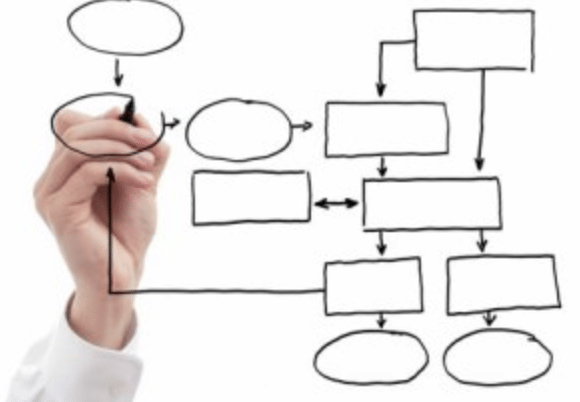As is so often in the world, the technology industry is cyclical. Looking back at the past two decades of developer conferences, and precisely what each platform company releases as new features to their platforms, we can divide the ebbs and flows of platform feature into two buckets. The first bucket contains elements that are truly new, and enable new use cases and behaviors. The second bucket contains features that build on existing features and make them better and more useful for users of the platform. In one cycle, a platform has an opportunity to show us the future, and in other cycles, a platform has an opportunity to help us be more productive and efficient.
We are currently in the second phase where platforms are focusing on productivity and efficiency and not whiz-bang new features. In all honesty, as interesting and exciting whiz-bang new features are, it is the phase we are in that I find more exciting, and I think normal consumers will also. Interestingly, this headline from the WSJ sums it up nicely.
Personally, I’m more excited about features that help me get things done faster and more efficient, and ultimately use my devices less. Luckily, it seems that is a top focus of Apple, Google, and Microsoft as they advance their platforms.
Getting Things Done vs. Getting Things Done
Every platform helps you get things done. In fact, this idea, a platform that helps you be more efficient and productive and get the most out of your hardware, software, and services, will become a competitive differentiator. I think consumers recognize pain points they have in their existing workflows and new functionality and focus on helping them get things done easier and faster will be appreciated.
This idea was a big theme at all the big platforms developer events. From Microsoft to Google, and recently Apple, each platform company highlighted features that focused on more efficient workflows and wove the “help you get things done faster/more efficient” into the main narratives from each presenter.
I found this fascinating, because in no other year prior had all three major platforms focused so heavily on functionality. Each platform had done so at different times but never in the same year was efficiency and better productivity the core focus. My interpretation of why boils down to several things.
- Device Fatigue. I do think consumers are facing device fatigue. In all of the consumer research we do, it has become clear that consumers can only tolerate new whiz-bang features for a short time before it all becomes too much and get overstimulated. Understanding this point is why I had continuously cautioned pundits and media to expect world-changing features every year. Consumers simply can’t handle it.
- Machine Learning Tech is Maturing: Machine learning is the enabling technology of so much prior vision shared by tech visionaries and luminaries. Even things written about in science fiction are possible now, and machine learning is the answer to “how do we create that future.” While buzzwords like AI and ML were abundant at each developer conference when you observed closely you could see how each company is deeply integrated machine learning into the core of their platforms.
These two trends converging are reasons I believe we see this focus from platform companies and the result is competition around features and functions that help us get things done more quickly and efficiently instead of focusing on whiz-bang new features are the main differentiators. Again, I think this is a more exciting time for consumers.
Less About Managing Time
While I do want to write specifically on new features from Apple and Google to help us understand our device usage and give us tools to manage, the point I’m making is not about managing our time to put the device down but to get the most out of the time when we are using it. This is a point specifically about increasing efficiency of the most common workflows consumers engage in every day.
This is ultimately where digital assistants like Siri, Cortana, Google Assistant, and possibly Alexa come into play. Apple, Google, and Microsoft all referred to their assistants within the get more done narrative. Their emphasis is that these assistants are there to help you, serve you, and ultimately try to know what you want to do before you do it and assist in that task. Machine learning, again, is central here but it is also still an uphill battle.
Each platform and the respective assistants are focusing on the individual user and trying to understand and predict their needs, tasks, and intent. This is an incredibly difficult task, but one each company understands is worth focusing on.
My big takeaway and an interesting shift in thinking are how these features that focus on helping us do the things we do every day more efficiently and quickly will become things that attract users to these platforms. Common wisdom was to create new whiz-bang features to get consumers attention. Now, it seems, consumers are more interested in features around efficiency and making their lives easier, better, not necessarily things that suck them into using the device more but rather using it less. If this sentiment shift is indeed taking place, it again places us in uncharted territory.
f


Hi there to all, for the reason that I am genuinely keen of reading this website’s post to be updated on a regular basis. It carries pleasant stuff.
Excellent article! We will be linking to this particularly great article on our website. Keep up the good writing.
I think the admin of this site is really working hard for his website, since here every stuff is quality based data.